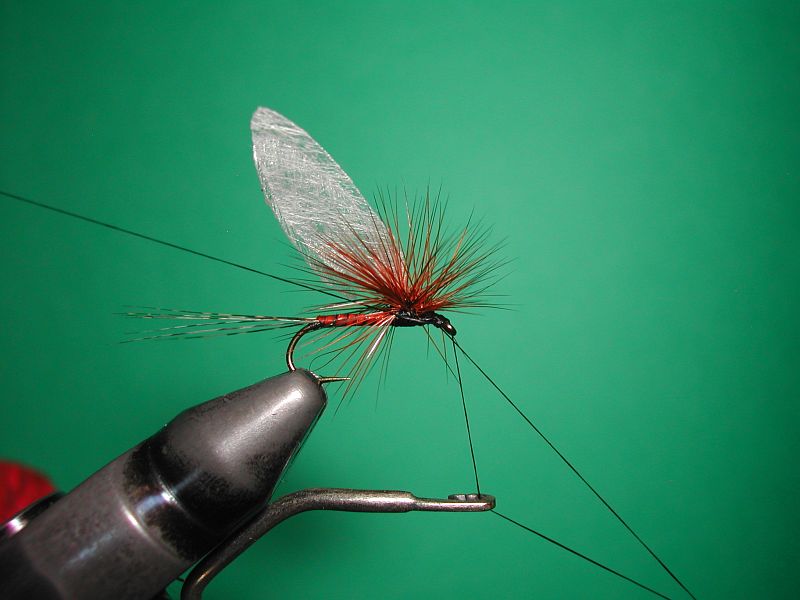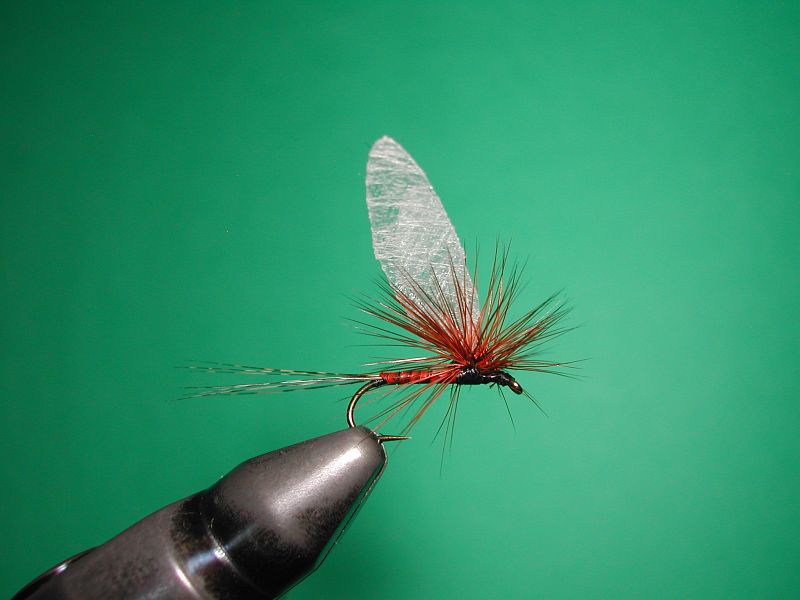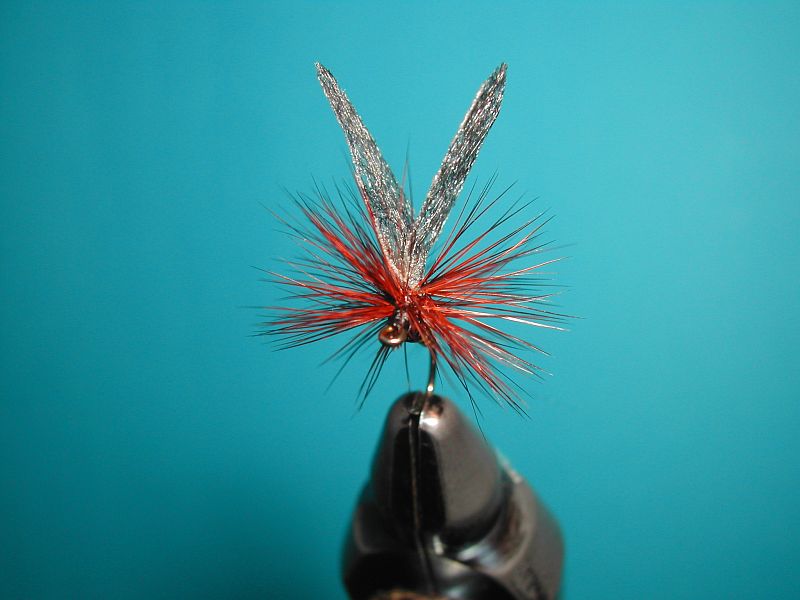PARALOOP VARIATION WITH WINGS
Text and images by Agostino Roncallo
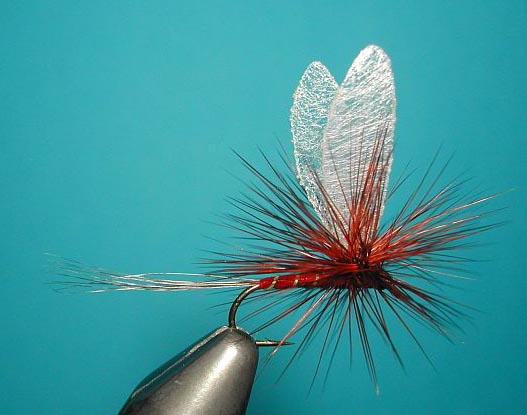
The Roncallo Paraloop with wings
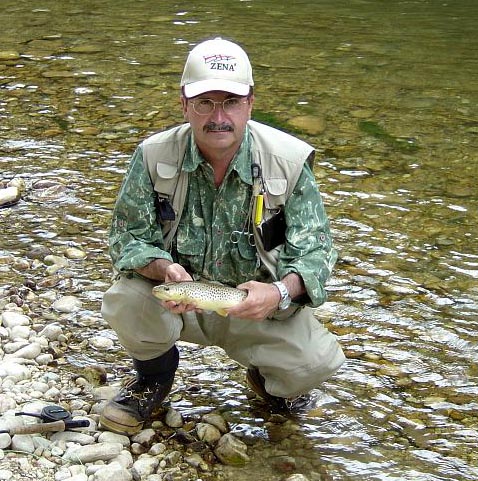
Agostino on the Sangro River in Italy
I have always considered the Paraloop tying as devised by Ian Moutter as not entirely adequate for my needs due to the fact that even though the post can be fully parachute hackled, it cannot be tied with upright wings, which is an important trigger in mayfly imitations. The wings can only be attached in the spent method. See http://www.flyfishing.uk.net/paraloop.html
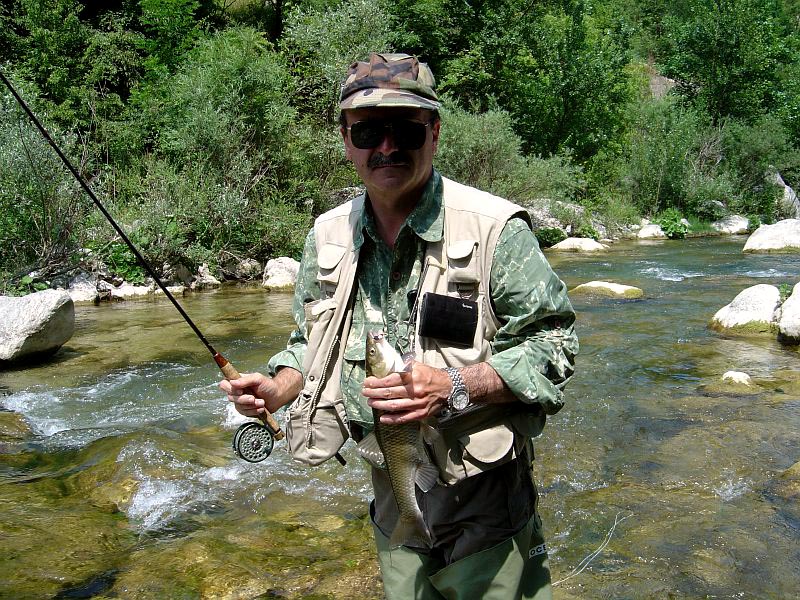
On the Volturno River, Italy
So I wasn’t using Moutter’s Paraloop method until I realised that I could add a variation of my own that allowed me to attach upright wings onto a nylon Paraloop post.
To tie in the wings using my variation I attach them onto the nylon post just millimeters above where the hackle will be wound on parachute style. To get this right I used the Dropper Loop system, a useful knot I had been using for years for different applications in my sea fishing.
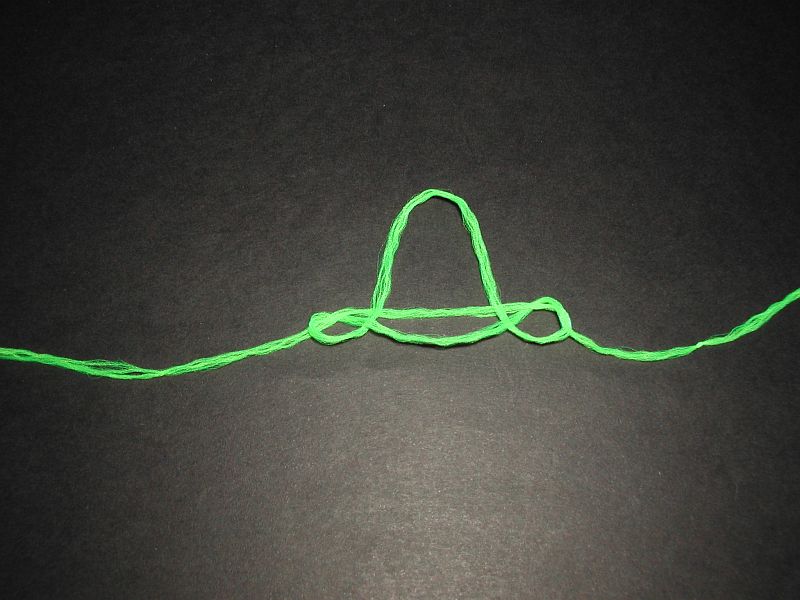
Using nylon of 0.14 mm thickness I insert a pre-shaped synthetic wing into the open knot then pull it closed. After using various winging methods I am convinced this is the strongest of all.
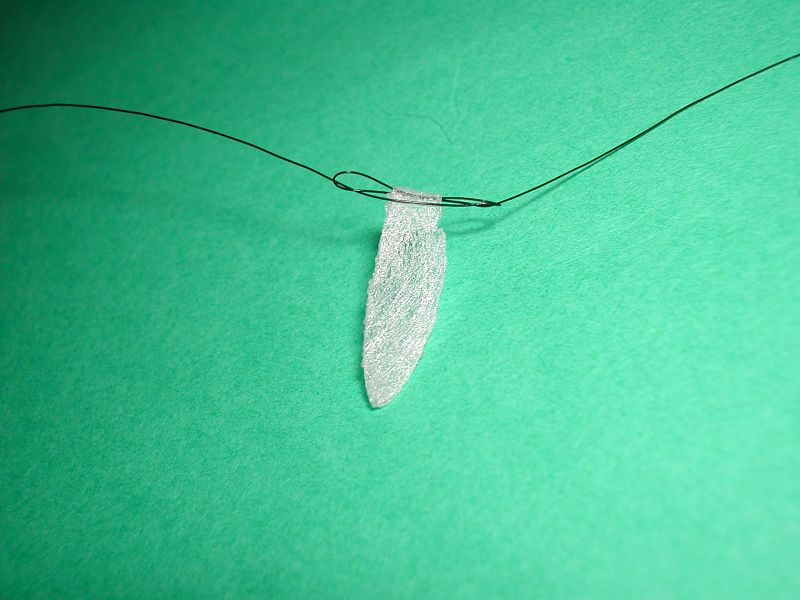
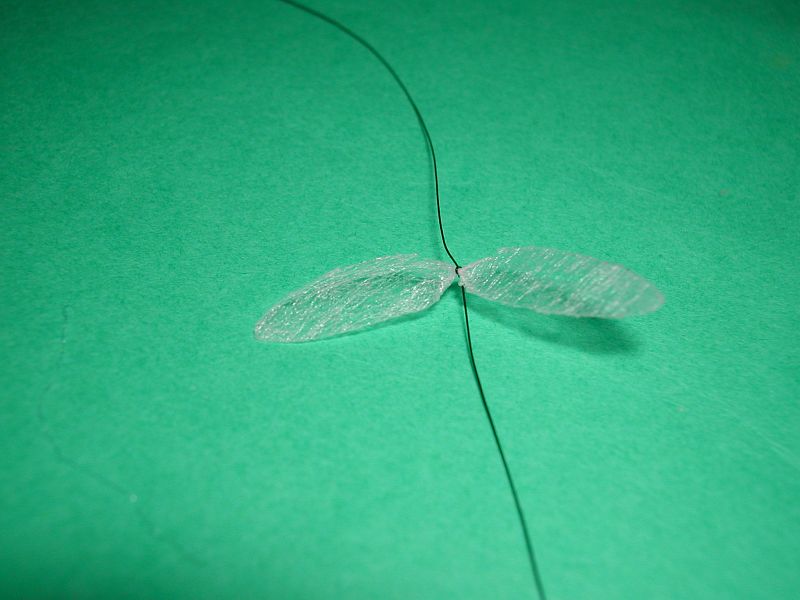
Dressing:
1) On a dry fly hook (straight shank) tie in Coq de Leon or similarly speckled cock hackle fibres for the tail.

2) Build up a body using stripped peacock herl, colour of your choice.

3) At the point where the thorax is wound attach the piece of nylon with the wings already knotted firmly along it in a dropper knot. Go on to form a loop, trapping the tag end with a few turns of thread. Note that the wings are a few millimeters above the shank in order to create a post under it in a future step.

4) Remember when you pull on the tag end of the loop it will naturally draw closed. But for the moment just leave a nice long, open loop and attach the loop to a parachute tool so that it is firmly positioned in the vertical plain.
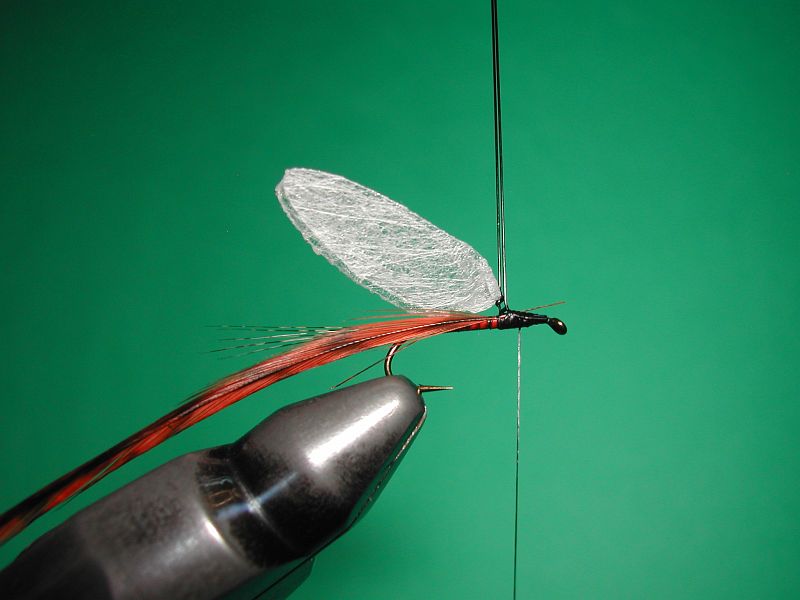
5) Tie in a cock hackle of your choice at the point where the loop meets the hook shank.
6) Now wind the cock hackle upwards around the nylon post. I wind the hackle around the nylon post both above and below the wings to a length that in all would roughly equal that of the length a thorax would be.
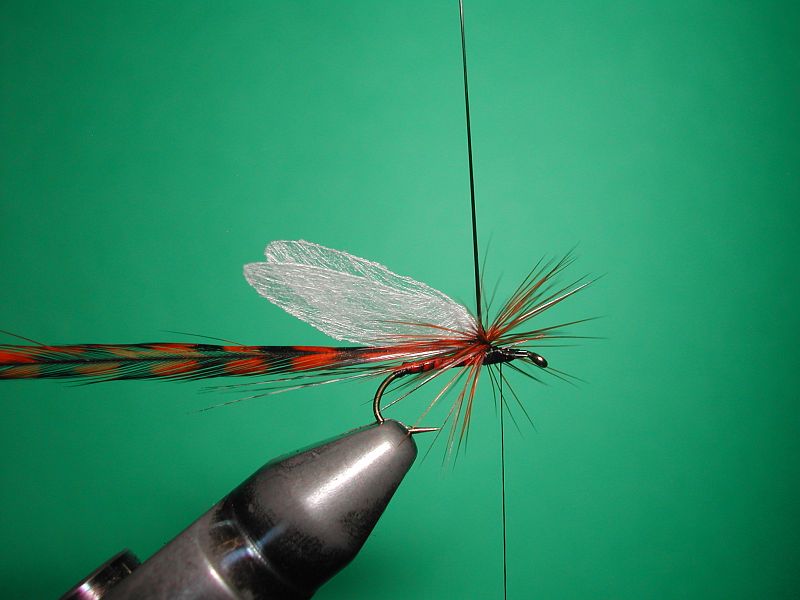
7) Wind the hackle down the post again to where you started hackling.
8) Tie off the hackle behind the eye of the hook and trim off the excess.
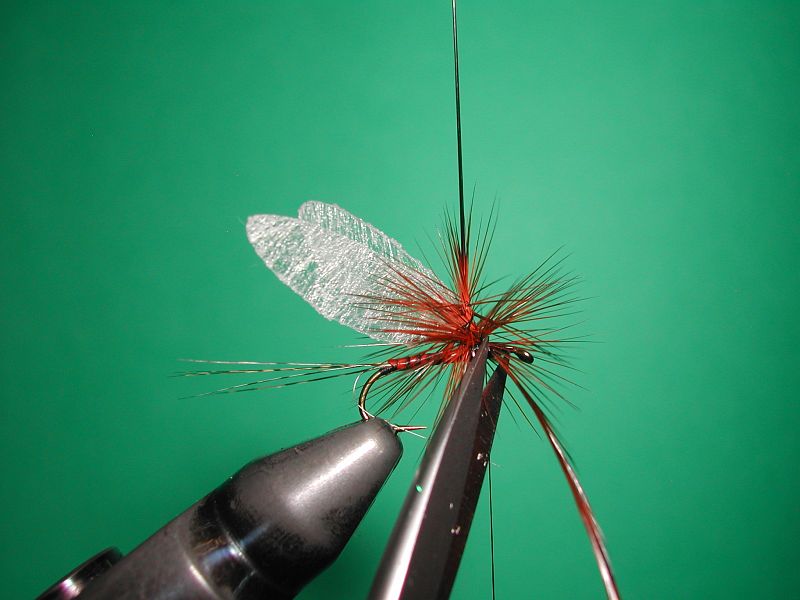
9) Now pull the tag end of the loop closed. This forces the wings into an upright position in the centre of the thorax and compresses the hackle into a nice, dense parachute.
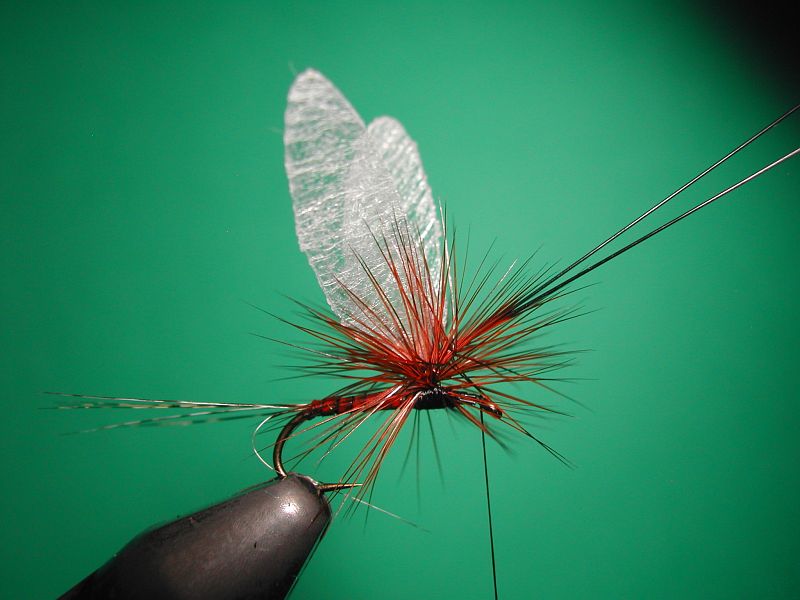
10) Trim off the excess nylon from the loop.

11. Form a neat head, tie off and the fly is complete.
